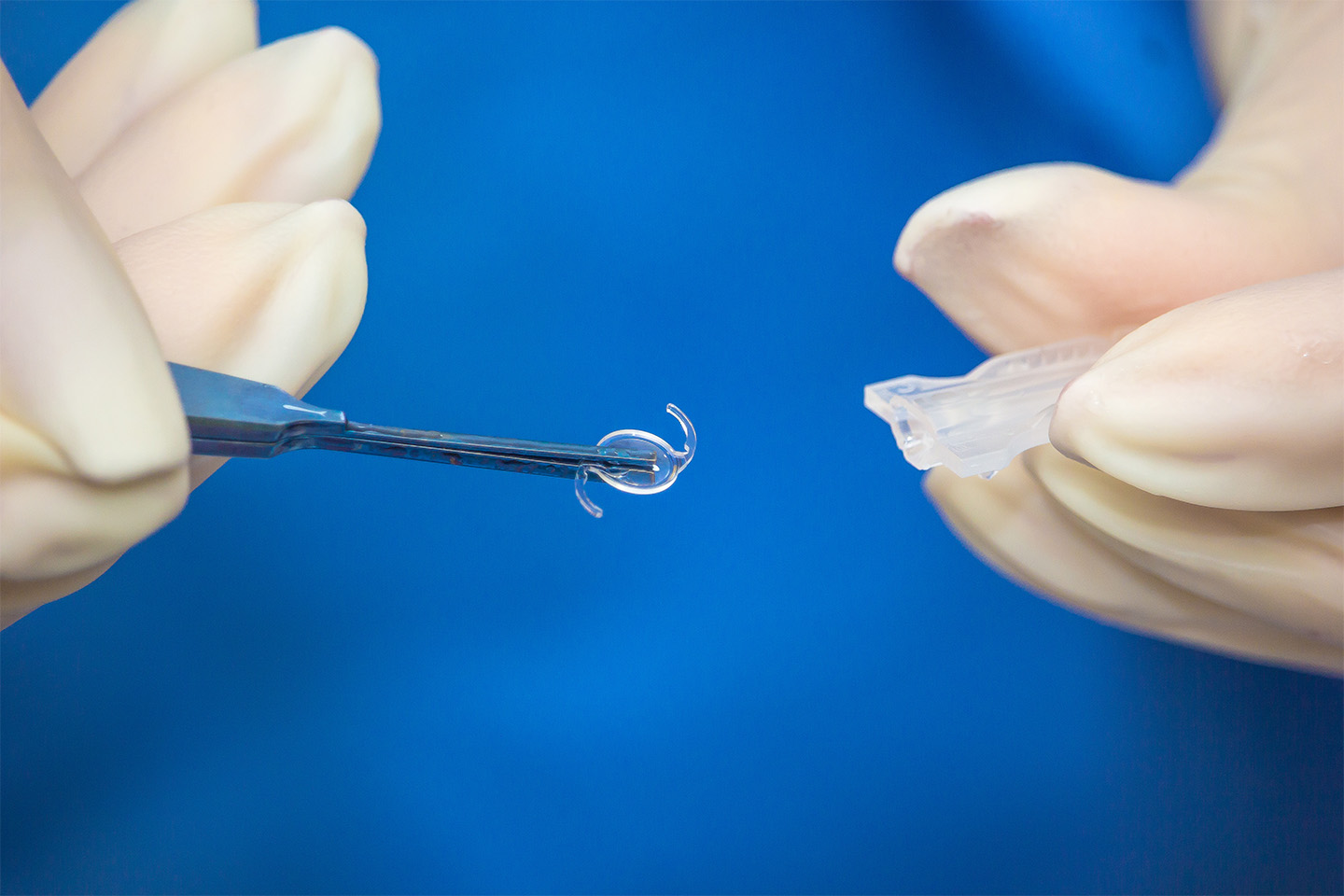Should I Expect Side Effects After LASIK?

It’s normal to be nervous about LASIK’s potential side effects — but there’s nothing to fear. Here’s why.
In a lot of ways, LASIK surgery is a no-brainer — it’s a quick, safe outpatient procedure that offers clearer vision without the inconvenience of glasses or contacts. But for many patients, LASIK can be nerve-wracking; they wonder what the surgery entails, what risks come along with it, and whether a lifetime without glasses is worth facing these unknowns.
Fortunately, there’s a reason why LASIK is such a common procedure — it works! For patients with nearsightedness, farsightedness, or astigmatism, LASIK is far and away the leading permanent solution. The quick procedure — which involves altering the shape of the cornea to improve vision — is performed well over 600,000 times each year in the United States.
If you’re interested in LASIK but are wondering about its risks and potential side effects, here’s what you need to know.
LASIK Risk Factors
Severe LASIK complications such as vision loss are incredibly rare, but certain patients are at a higher risk of these side effects than others. Your eye doctor can help you assess your risk and determine whether LASIK is a good option for you.
Patients with irregular or very thin corneas, large pupils, an especially high refractive error, chronically dry eyes, or an unstable prescription tend to benefit less from LASIK. Similarly, older patients, patients in their teens, pregnant women, or people with autoimmune disorders aren’t strong candidates for the procedure.
That said, other types of eye surgery — including clear lens exchange — may be a good option for patients who don’t qualify for LASIK. This means that clearer vision and freedom from glasses or contacts is accessible to nearly all patients.
LASIK Side Effects
LASIK surgeons report that the incidence of serious complications after surgery is less than 1 percent. There are, however, a number of minor side effects that patients may experience as they heal from their LASIK surgery. Some of these go away with time, while others can be corrected with a follow-up procedure if necessary.
Discomfort or vision disturbances. It’s normal to experience some discomfort during the first few days after LASIK. Mild irritation and sensitivity to light are among the most common side effects reported. In addition, patients may experience halos, glare, hazy vision, and dry eyes. In almost all cases, these symptoms are temporary and should resolve within a few weeks or months.
Flap complications. Unlike minor discomfort, flap complications are not a normal part of the recovery process. Because the LASIK procedure involves creating a flap on the front surface of the cornea, it’s possible that the flap won’t adhere to the eye properly once the surgery is complete. That said, this only occurs in fewer than 0.5 percent of patients, and it’s easily corrected — typically within the same surgical session as the LASIK procedure itself.
Dry eyes. After LASIK, about half of all patients report a temporary decrease in tear production. Though it can take up to six months for the eyes to readjust after surgery and begin producing sufficient tears again, this symptom can easily be addressed with lubricating eye drops during recovery.
Infection. Infection after LASIK is incredibly rare, as the corneal flap acts as a natural disinfecting bandage. Despite the low risk, it’s still important to use medicated eye drops after your procedure to avoid infection as your eyes heal.
If you’re interested in learning more about LASIK, reach out to Kleiman Evangelista today. Our experienced LASIK experts can help you determine whether or not you’re a good fit for the procedure, and recommend alternatives if not. For more information, contact us today.
Turn To The Top Eye Doctors In Texas
Check out one of our locations below for the best eye care near you:









